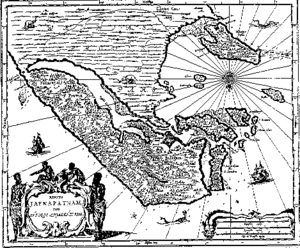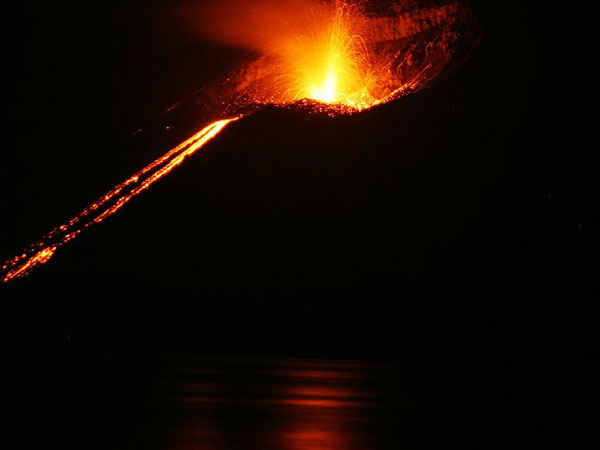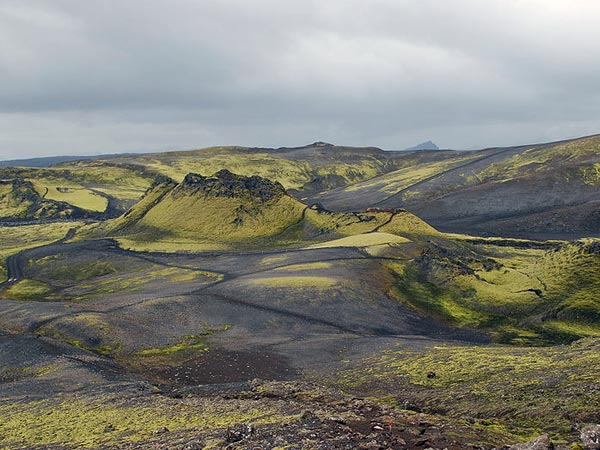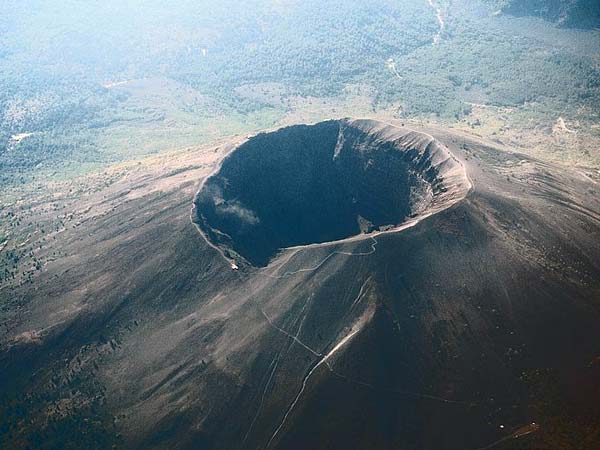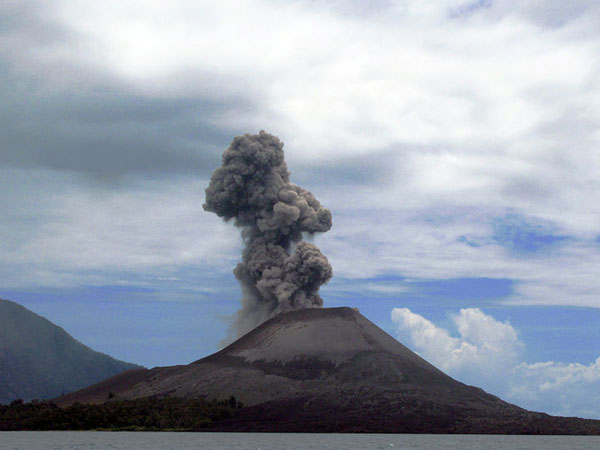By Dhanesh Wisumperuma
Daily Mirror, July 16th, 2006
The Mutuaripputurai bound passenger bus, in which we were travelling, slowly moved forward along the bumpy road which had not seen any repairs for years. The surrounding area was covered by low jungle; houses are scarce. The bridge over the Malwatu Oya (Aruvi aru, as it is called in the area) was in a good condition. We were travelling in an uncleared area in the Mannar District. I had heard about some ruined buildings in Mannar dating back to colonial times, which was the cause of our journey to Arippu. The passenger transport system was chosen because we were not sure of the roads and security in the area.
 |
It took nearly two hours for the 16 kilometre long journey from Murunkan to Silavathurai, which suggest the condition of the roads. The road met with another ancient, but now entirely forgotten road at Silavathurai junction. It is the ancient Puttalam-Mannar road which runs through Eluwankulam, Pomparippu and Marichchikaddi before reaching Silavathurai. Once upon a time, when the Dutch and the British were ruling the maritime provinces of the country, this road was the major highway connecting the northern part of the country with the South. The opening of the road via Anuradhapura led to the neglecting of the Puttalam-Mannar road and the conflict saw to the rest of its deterioration in the 1980s. Now the road is totally forgotten.
Silavathurai was merely a ghost junction with ruined buildings here and there, the miserable memories of the recent past. An area was enclosed with a barb wired fence, on which a number of signboards warning people to be cautious of landmines had been placed. This could possibly be the site where an army camp was situated, before the Sri Lankan military vacated the area.
From Silavathurai we turned right towards the direction of Arippu, lying further north along the coastal road. For centuries, Arippu was a well-known locality in the country and even all over the world, when the thriving pearl fishery was flourishing during the Portuguese, Dutch and British occupation of Sri Lanka. Pearl fishery was a considerable source of revenue for the rulers for centuries and possibly due to over-exploitation, there are no more pearls to be found.
After travelling about three and half kilometres north along the road which lies close to the sea shore, we saw a beacon rising over small thorny bushes on the elevated seashore. A ruined building situated close to the beacon was one of the objectives of our visit.
The Fort
Our next destination was to find the site where the Dutch Fort was previously located. About one kilometre to the north from the Doric in the heart of the present village near the causeway we found a dilapidated bungalow. The long building with the still intact gable at one end was slowly decaying. Large trees were growing around it. This could have been the rest house at Arippu.
The tombstone found at the southern end of the this ruined bungalow provided us the identification of the building. The tombstone was of Charles Lays, an employee of the Oriental Banks Corporation, who died on April 14, 1878, of sunstroke at Marichchikaddi while on a shooting expedition. According to J. P. Lewis, his body was buried at the rest house premises at Arippu. The tombstone is now on the land adjoining the rest house, which is in total ruins.
The Fort might have been situated near this place. A number of writers of the 19th and early 20th centuries mention a bungalow, which is often mentioned as Quintlon’s bungalow, situated near the Fort. Though we asked about any ruined edifices such as forts in the area, none of the villagers we spoke to were able to answer.
The gathering darkness prevented us from any further search for the Fort. It was time to start our journey back to Mannar. During our way back my eyes were focussed on the Doric till it disappeared out of sight. I was thinking of the uncertainty of the future of this landmark building. Although the Doric was an attraction to me, I was not sure of a second visit to it.
(The writer compiled a paper on the exact date of the Doric and the clues for its identification for the Journal of the Royal Asiatic Society of Sri Lanka in 2005)
The Doric
The Doric, the building in front of us was situated on the elevated seashore, which was partly made up of piles and piles of shells. A section of the building has collapsed into the sea due to the erosion and fallen remnants were lying along the sea shore. There one could see the circular brick arrangements which could possibly be the remnants of the Doric columns. The thick brick walls of the building and spaces for windows and doors indicated the spacious ventilation. The wide staircase leading to the upper floor was still visible. The upper floor was no more. On the land side the front portico was still visible even with the plaster on the wall. Amidst the harsh winds and sea erosion, the existing remains were still a reminder of the majestic features it bore in the glory days.
After walking around the building there was no doubt that this was the Doric, the mansion built by Frederic North, the first British governor of Sri Lanka in the early 1800s. It was also known as the ‘Governor’s House’ and later according to its architectural features, it was popularly known as the Doric.
Frederic North, who became Earl of Guilford later, arrived here in Sri Lanka (then Ceylon) in 1798 and visited Arippu a few times during the next few years as the pearl fishery was revived by the British. By this time, pearl fishery was revived in Kondachchi, a tiny village south of Silavathurai. Kondachchi later became popular due to the establishment of government cashew plantations.
It could be probably during these visits that Frederic North had the idea of building a bungalow in these premises. The governor himself laid the foundation stone of the Doric building on March 18, 1802, and it took almost two years to complete the construction. There are official records such as letters and minutes to suggest that this was almost completed by early 1804. Governor North was probably able to stay in this bungalow for the first time during the fishery of 1804, as he was at Arippu from early February to early April.
Cordiner in his Description of Ceylon mentions that this building was planned by the Governor. He further provides a detailed account of this building with a drawing made by him. This drawing shows the Doric columns rising on the front and rear porticos, which are no more available. Cordiner provides the layout plan of the building, which could be traced even now. According to him, there were four small bed rooms on the ground floor and stairs on the centre; two well proportioned were on the upper floor. Though the upper floor is no more, the ground floor plan is very similar to the existing plan of the ruin. The building had a terraced roof over the upper floor, from where someone could have seen the entire area around, providing an excellent place to watch the fishery activities on the sea. Even from the top of the existing ruin, we could observe the area around us. Cordiner states that this was ‘undoubtedly the most beautiful building in the island and almost the only one which is planned according to any order of architecture’.
Time showed the ravages of nature on this building. - Sea breeze, harsh conditions and negligence were the key reasons for this. By the early 1900s, the upper floor was gone and the rear portico to the seaside was a prey to sea erosion in 1980s. The remaining walls are being continuously corroded by the wind and washed by the rains. The damage continues as the northern section of the building (which seems intact in the photos) had also collapsed in 2004, when our friend Ajitha Madanayake visited the site and photographed the building. There is a serious uncertainty of the future of the ruins, which is a part of our heritage.
The Doric has been erroneously mentioned as the Dutch Fort by a few journalists and authors recently. Some of these have provided photographs of it. This mistaken identification seems to be due to few reasons. Though many knew about the existence of the Dutch Fort in Arippu, most of them were ignorant of the existence of a British mansion in the aarea. Also the lack of frequent visitors is the main cause of this ignorance. In some extreme cases the Doric was mentioned as a Portuguese mansion and the palace of a legendary queen!
While we were at the Doric, two members of the LTTE came to us and asked what we were doing there. (One of them showed a photo album with his photographs in LTTE uniform to confirm their identity). (Our communication was odd as none of us were fluent in Tamil and they did not speak Sinhala or English). However, after they were satisfied with our explanations in Sinhala and in simple English, they left us and walked towards Arippu




























